10 Ways to Avoid Recycling Contamination at Home [+Tips]
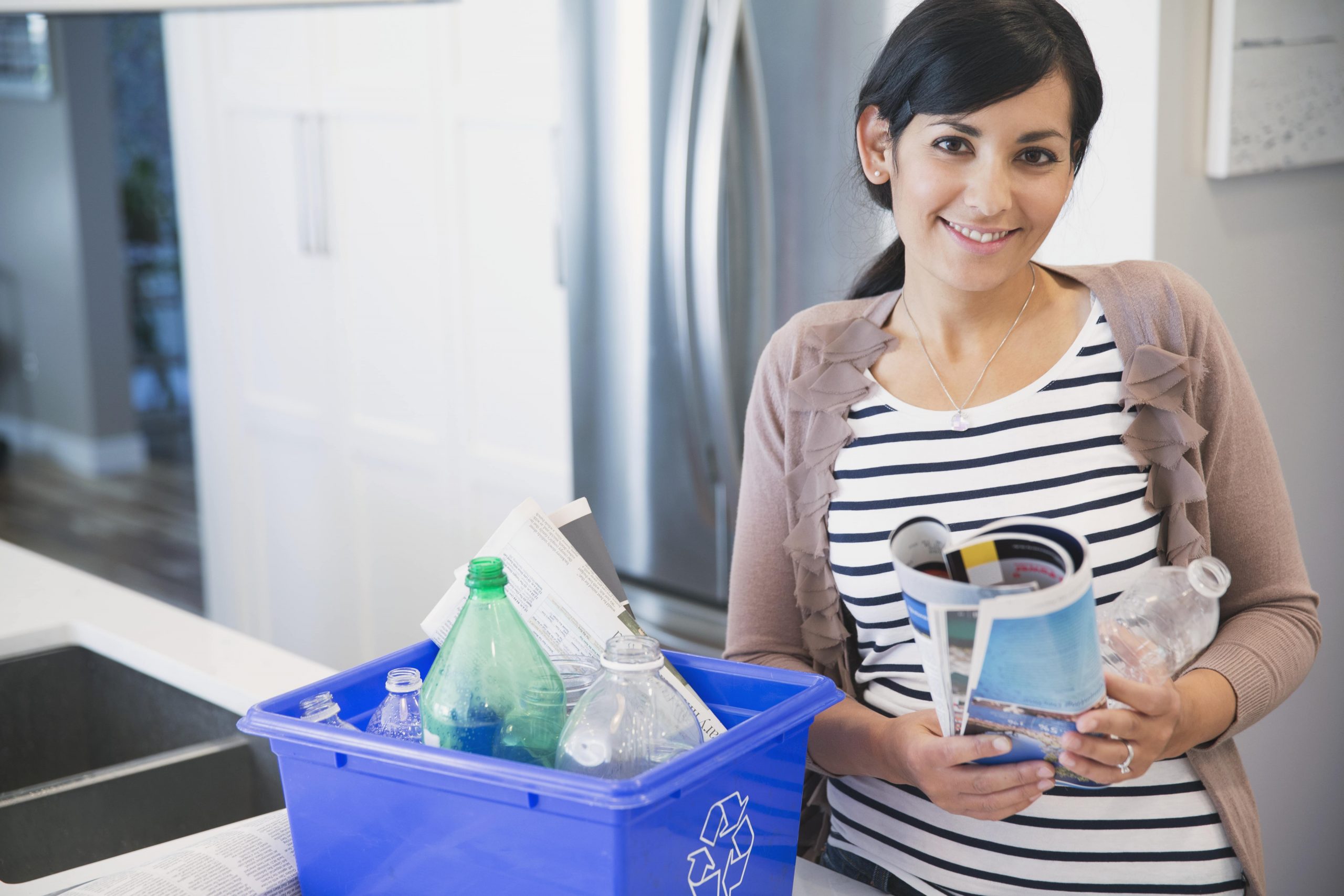
Recycling contamination has become a big problem over the past few years. After policy changes and procedural changes, it is no longer ok to throw anything you think can be recycled in the bin. This is what leads to contamination of recyclables. It’s becoming more and more important to recycle smarter so recycling facilities can utilize high quality materials and avoid pitfalls.
When we throw just anything in the bin, that ends up costing municipalities a ton of our tax money in extra disposal fees due to contaminated loads and can put the entire infrastructure of recycling at risk of falling apart. Several recycling facilities across North America are struggling to stay open due to these high costs. Here are some helpful tips that can help you avoid recycling contamination and keep your facility running so we can help our environment by recycling.
1. Soft Paper Products belong in the Garbage

The Problem: Many people think that since paper towels, napkins, and facial tissues are made from paper, that they are recyclable. They are not. Not only are these products usually soiled by the time they are ready to be disposed of, they are also made of fibers that are already at their smallest usable components. Therefore this is an item that can easily contaminate recycling.
Some municipalities may accept these soft paper items in an organic collection program if applicable or advise you to dispose of them in the compost. Check your local municipal guidelines to see what they recommend. Toilet paper also falls under this category of soft paper products, so if you need to use toilet paper for anything other than its intended purpose and need to dispose of it, follow the same guidelines as facial tissues and napkins.
Pro Tip: Choose more sustainable options, the easiest being towels instead of paper towels. With sustainable options become a bigger market, it may be time to bring back cloth napkins and handkerchiefs! There are some companies trying to solve this problem with a washable fabric alternative to disposable paper.
2. Empty and Clean Your Containers

The Problem: Containers with a ton of residue from food or other products, can easily contaminate other recycling such as paper and cardboard once it’s all compacted together in the truck. Wet and soiled paper or cardboard is unusable at recycling facilities and will be diverted back into landfills instead of recycled.
Also, when plastics, glass, and metal are recycled, they use a high temperature melting point that will burn off small amounts of food and other residue, but if you throw something that has a lot of stuff stuck to the inside, like an unrinsed peanut butter jar, it won’t all burn off and it could ruin the whole batch of plastics it’s with. Plus all that food residue can attract pest at the recycling facility!
Pro Tip: Cleaning containers does not mean a full scrub down or a run through the dishwasher, but a simple swish and rinse should do the trick most of the time. If you put the cap back on with a bit of water inside and shake well then empty, most residue comes off pretty quickly. It’s even better if you can reuse dishwater. It’s also smart to leave rinsed containers on the counter to dry for a bit as well so they don’t dampen paper or cardboard already sitting in your bin.
3. Get Rid of Food Grease Before Disposal

The Problem: Food grease on paper or cardboard packaging can cause major issues when being processed. There isn’t any good way to sort out that greasy pizza box or greasy paper sandwich wrapper, so it gets mixed and pulped with there rest of the paper and cardboard. Oil and water don’t mix, so that grease really can gunk up the process of recycling paper and ruin a whole batch of perfectly good paper pulp.
Pro Tip: Remove the greasy portion of your pizza box to put in the garbage and only recycle the clean top of the box. If any of your paper food packaging has grease on it, throw it in the garbage so it doesn’t contaminate a whole batch of perfectly good recyclable paper and cardboard.
4. Never Put Plastic Bags in your Recycling Bin
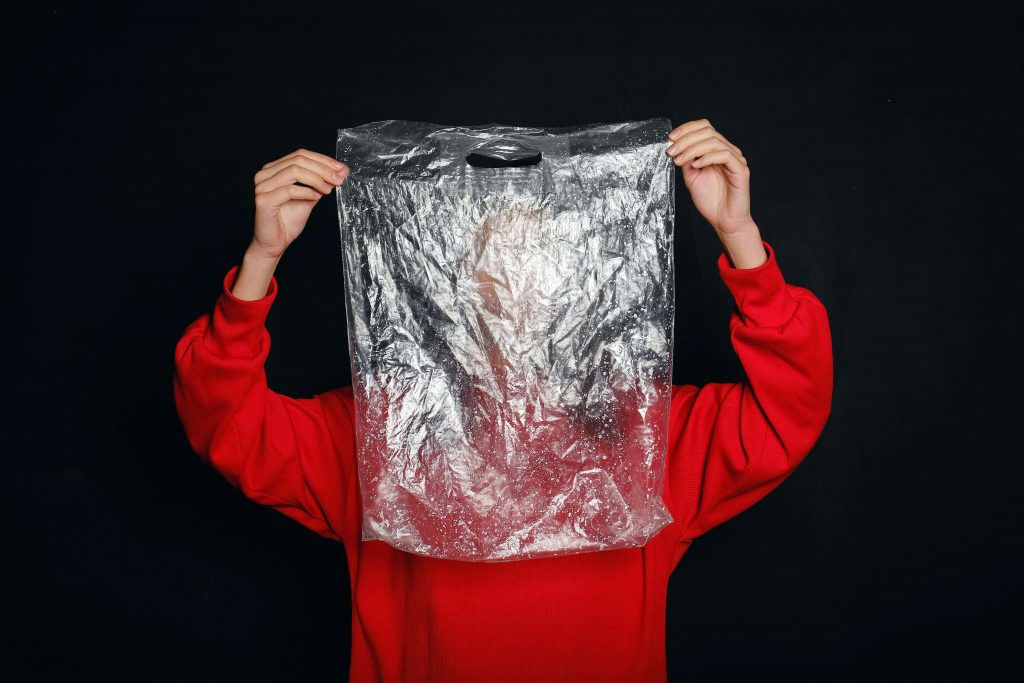
The Problem: Plastic bags are one of the number one recycling contaminators. Plastic bags get tangled in the gears at recycling facilities, which can be a big hazard to the workers who have to untangle them. Therefore they are not accepted at sorting facilities and should not be put in your home recycling bin.
Pro Tip: Luckily, there are many retailers who have drop-off bins where you can recycle your plastic bags. Just keep saving and stuffing those plastic bags and bring them to a drop-off location instead of putting them in your home bin.
5. Donate Your Plastic Containers
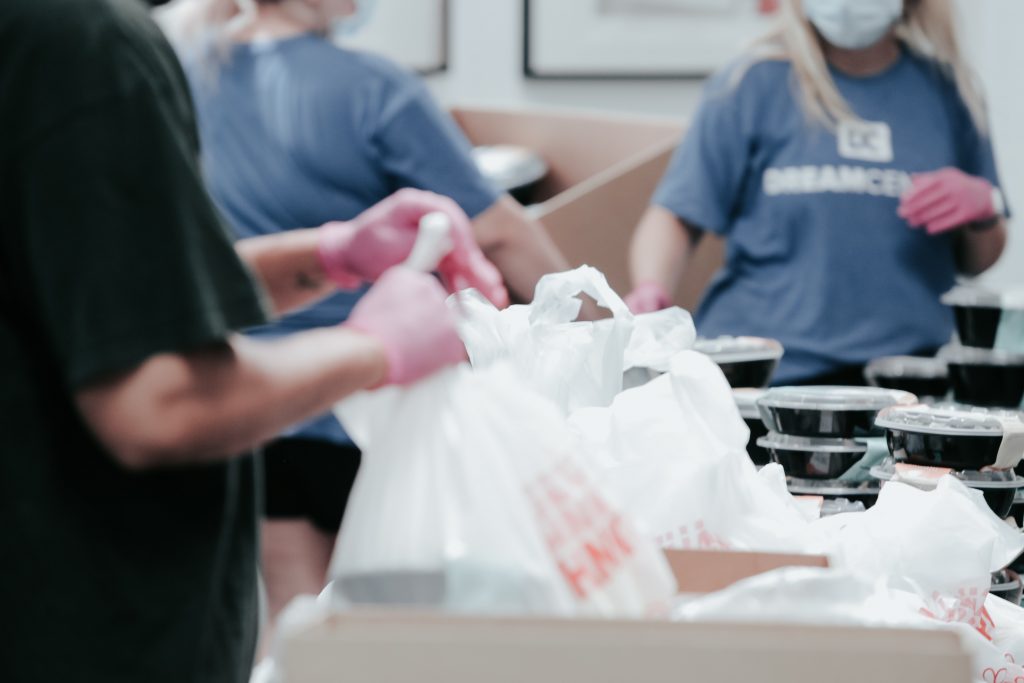
The Problem: Black plastic take out containers are not accepted in most curbside recycling programs. Sorters are unable to distinguish between this type of plastic and other plastics, so it gets mixed into the load causing contamination. There is no good market for black rigid plastics in most places. Check the What Goes Where search tool in the Recycle Coach mobile app to see if there are additional options for disposing of this material near you.
Pro Tip: If you can’t avoid getting these containers with your take-out, try washing them out and saving them to donate to food kitchens that make and distribute meals for homeless people.
6. Check Which Plastics are Accepted in your Area

The Problem: There are several different types of plastics made of different compounds which all get broken down and recycled differently. Not only are they processed differently, not all locations accept the same types. They only can accept what their specific facility can process, so even if there is a recycle loop on the plastic, it may not be recycled where you are located. If you throw it in anyway, you might be contaminating your recycling!
Pro Tip: When dealing with plastic, first check for that recycle loop on the packaging, and if there is a number, look it up! #1 and #2 plastics are accepted almost universally, but #3-7 can get a bit tricky. Check what your local municipality accepts by searching the “What Goes Where” search function on the Recycle Coach app or your municipality’s waste management website. If you are still unsure, don’t risk contamination, just throw it in the garbage. If it’s not accepted and you throw it in anyway, it does more harm than good!
7. Do Not Throw Batteries in the Recycling Bin
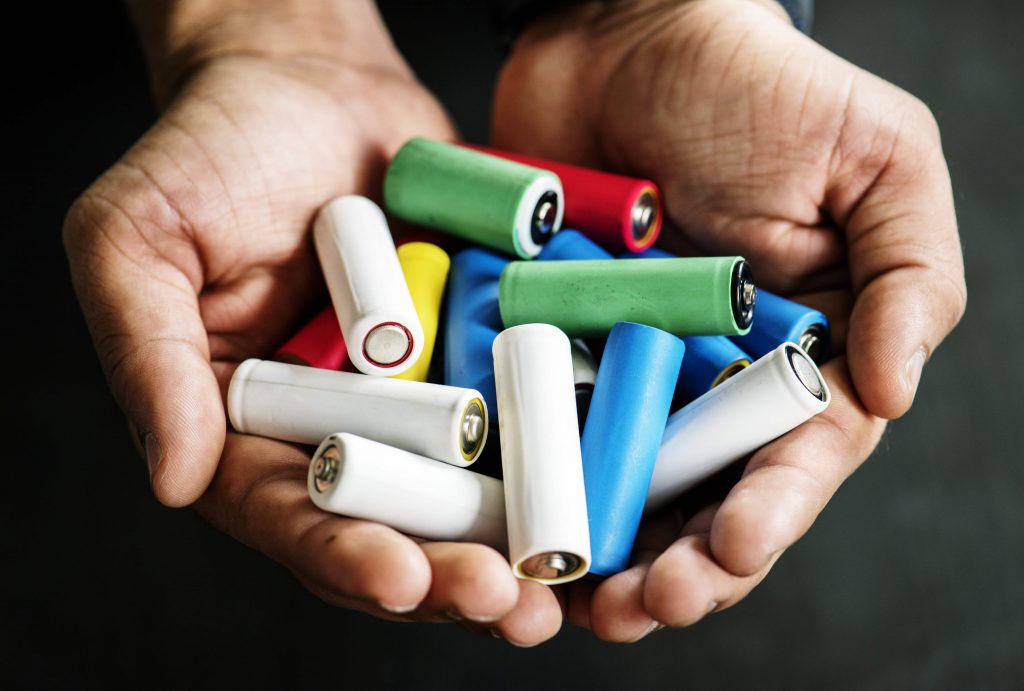
The Problem: The dangers of throwing batteries (especially rechargeable batteries such as lithium ion batteries) in the recycling bin include fires due to combustion and hazardous chemical leaks. Even if no fire occurs, when you throw your batteries in your home recycling bin, they will get compressed in the truck and leak over other materials like paper and carboard. This would contaminate those otherwise recyclable materials and render them unusable.
Pro Tip: There are great programs to recycle batteries, such as Call2Recycle’s drop-off locations or send in programs. Please keep the recycling workers safe by utilizing one of the mail-in or drop-off options instead of contaminating your home recycling bin.
8. Coffee Cups go in the Garbage
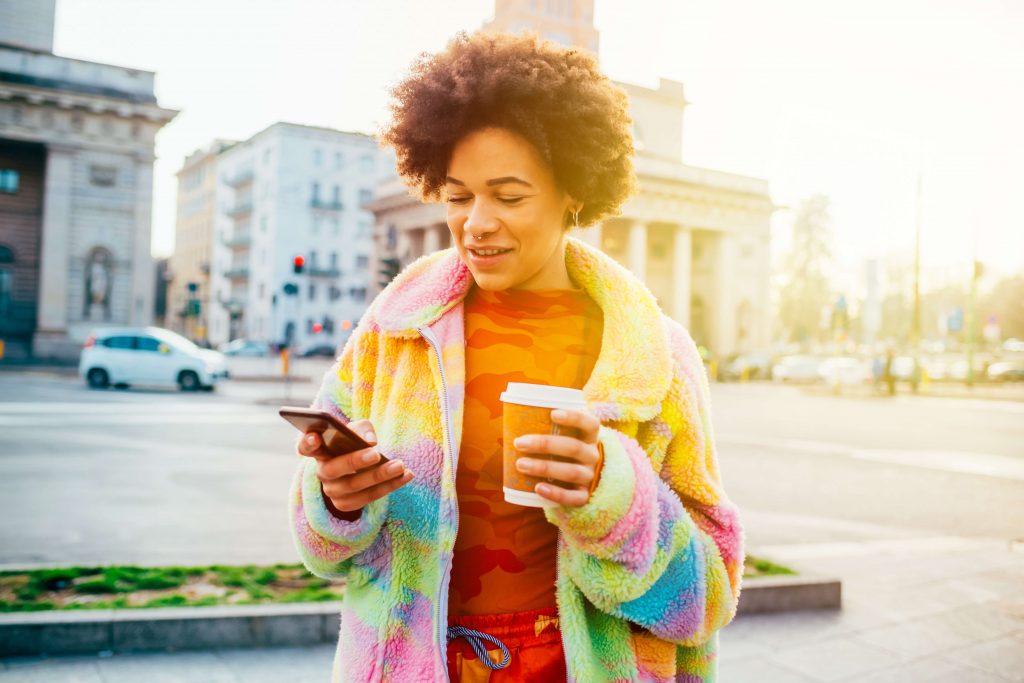
The Problem: Paper cups are a problematic item because contrary to the name, they are not completely paper. The have a plastic lining that would not be suitable for mixing with paper pulp while recycling. Therefore it is extremely rare that a curbside recycling program would accept this type of item. Always double check your local program to see. If you’re unsure, don’t risk contamination and just throw these in the garbage.
Pro Tip: Use a regular coffee mug! Any reusable coffee container would be infinitely better for the environment if you drink coffee regularly. Just think of how much less waste you’d create! Most coffee shops will allow you to bring in your own reusable to-go cups.
9. Look at the Label on Freezer Boxed Items
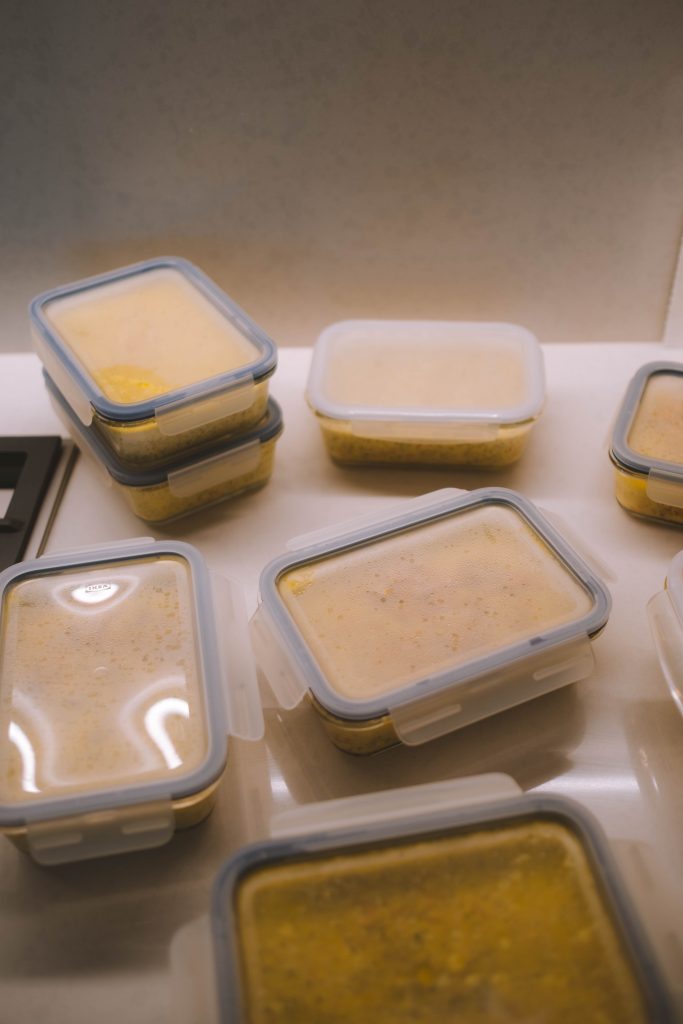
The Problem: Cardboard looks pretty much the same for any food box, but it’s not. Frozen Food items in cardboard boxes are usually lined or treated with plastic or wax in order to prevent freezer burn on your food. There is no good way to sort these from regular cardboard food boxes, so they can easily contaminate a batch of recyclable cardboard with unnoticed plastic.
Pro Tip: Try to buy fresh foods instead of frozen. If you still need to freeze them, you can try using reusable containers, reusable food storage bags or beeswax wraps.
10. Find the Right Place for Hard to Dispose Items
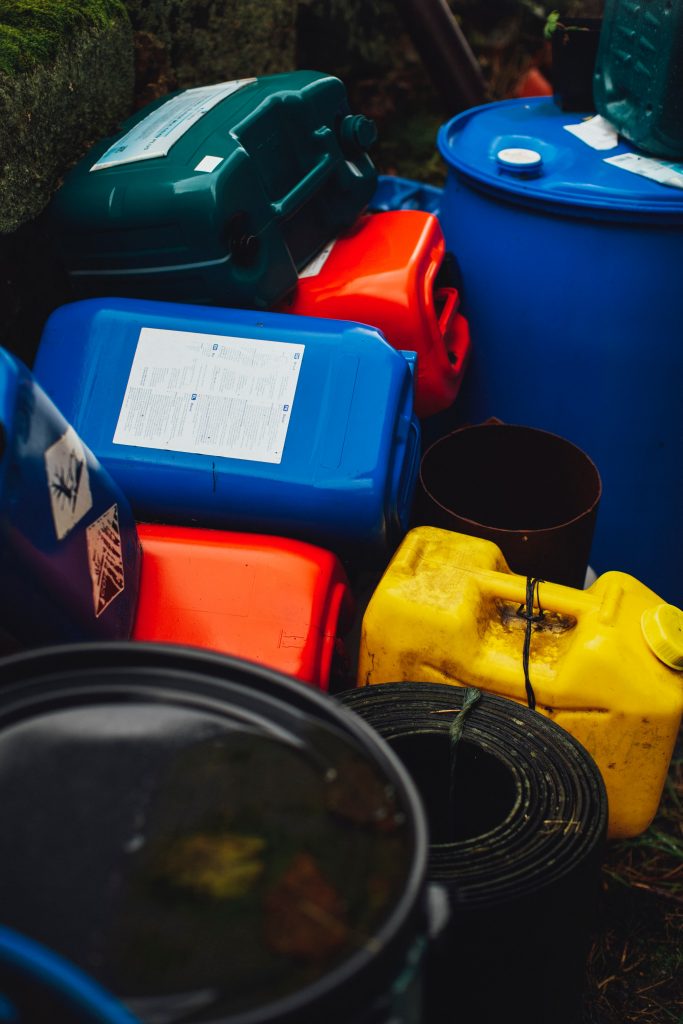
The Problem: Recycling facilities are constantly inundated with biohazards and hazardous waste, furniture, gardening equipment, you name it. In an ideal world all of it would be recycled, but at this point in time, many items aren’t and need special disposal methods.
Pro Tip: There are different locations for hazardous waste, electronics, clothes, etc. as well as times for bulk item pick-ups (such as furniture) or scheduled donation pick-ups. Look it up! Don’t contaminate your recycling with what you hope might be recycled. The Recycle Coach app allows you to look up any item and see how to dispose of it in your municipality.
Solving the Problem of Recycling Contamination
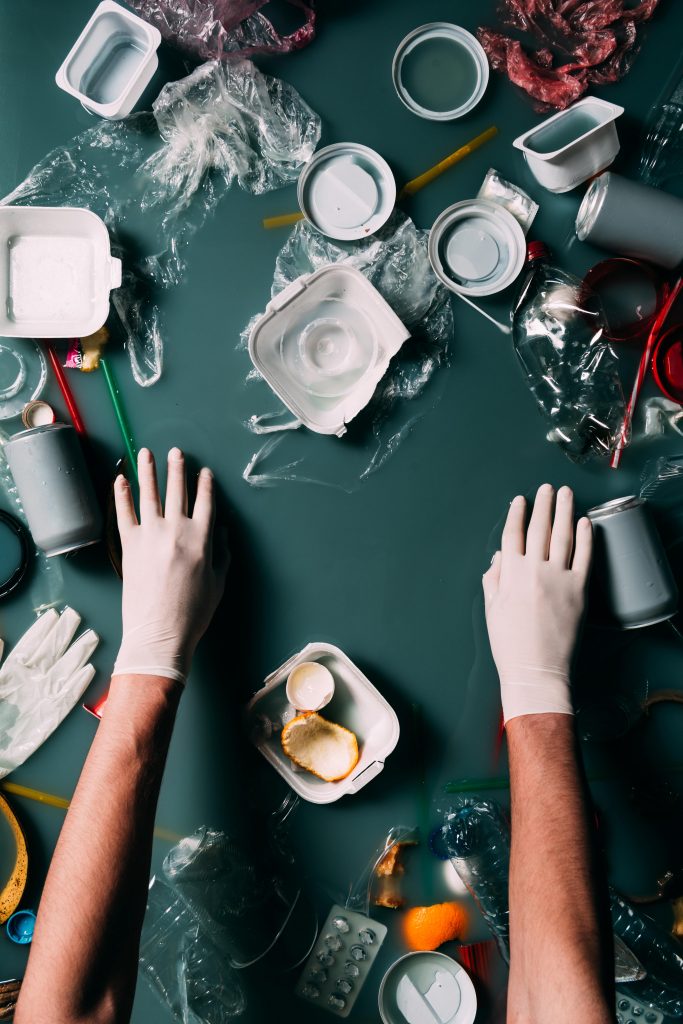
It can be overwhelming when you see how much can recycled in your home bin compared to what you want to recycle, but luckily there are so many alternative options for items to be dropped off or sent in. It just requires a little more planning, but the environmental benefits are well worth that extra sorting. It’s also always a good idea to look for more sustainable options whenever possible in order to avoid the landfill.
It is important to maintain a healthy recycling program so we can make better use of our limited resources and help reduce our carbon emissions. If we learn to stop recycling contamination, we will be able to help our recycling facilities flourish safely and efficiently. Think of the positive effect this will have on your municipality’s economy and the environment. It’s a win-win! All we need is a little bit of knowledge about what goes where.
It’s always important to check with your specific municipality about what is recycled at their facility. To do this, download the Recycle Coach app and search the “What Goes Where” feature so you can be better informed and avoid recycling contamination.
11 Comments
Comments are closed.
Steven Guarneri
July 12, 2021 at 9:41 amWhy not have a bar or QR code on the items and have a data base so you you know if it’s except-able in your area. I’ve been buying bottle water from Costco and recycling them. There is no triangle but there is a bar code on the wrapper which states that you get 5 or 10 cents depending on the state. The frozen food bowl are are coated paper and not recycled in all communities. By making it easier to know what to do with it you can eliminate a lot of uncertainty and avoid contamination and help keep recycling companies stay in business.
April
July 12, 2021 at 10:28 amGreat comment! The idea is good, but the implementation would be tough. In order to require all companies to add something to their label, it would take a unified legislation across the country to require something new on the label of all products from all manufacturers. There is also the factor that every recycling facility has different rules for acceptance based on what their facility has the capacity to process, and what manufacturers they are able to sell recycled materials to. The Recycle Coach app is an easy way to sort this all out since it has municipality specific information based on municipality participation and input. You just type in the item you’re unsure of and it will tell you where it goes based on your specific location.
Battery Recycling Box
July 20, 2021 at 7:22 amI found in your article some very good tips on how to recycle household waste. I learned new and useful things. I am especially interested in recycling used batteries. They have a special recycling regime. Thank you for your work in writing this article.
Nikunj
August 7, 2021 at 7:38 amIn an effort to avoid recycling contamination, the best thing you can do is place all plastic and glass in one bag in order to avoid mixing materials. Another way to further combat recycling contamination is by sorting your paper from plastics.
April
August 9, 2021 at 8:43 amThank you for your additional advice, although it is location dependent. What you’re describing is a duel stream recycling system which requires residents to keep containers and fibers separate. Most municipalities utilize a single stream recycling system where residents can place all allowable recycling in one curbside bin which is sorted at the recycling facility. Also, placing items in a bag is location dependent. Many municipalities prefer recyclable materials to be loose in the bin to make it easier for machine sorting. Please check with your municipality before placing your recycling in a bag, as many locations do not accept items that are bagged and will send them to landfill if they can’t see what is inside.
Hailey Miller
August 27, 2021 at 1:14 amThanks for pointing out that containers can easily contaminate other recycling materials like paper and cardboard. This is really informative because my husband and I have decided to start protecting the environment for our five children. With this, we are hoping to find hazardous waste disposal experts on Monday who can collect our waste every week.
Bin Rental Windsor
October 12, 2021 at 1:40 amI just found your article and wanted to share it with some friends. I hope you don’t mind me sharing it publicly so they can find the article too.
Thanks for writing such an awesome post!
April
October 12, 2021 at 6:26 amOf course, feel free to share!
Eli Richardson
November 12, 2021 at 2:23 pmI’m glad you talked about the importance of recycling at home and doing it in the right way! Recently, my wife and I decided we’d like to start a recycling program in our neighborhood. We want to reduce our waste impact, so we’ll be sure to read and follow your tips! Thanks for the advice on how we must clean any food residue from a container before recycling it.
Judith Webster
May 4, 2022 at 2:14 pmSingle stream recycling may be easier at first but it IS the cause of a lot of contamination. Why not go back to separate recycle bins to catch the “problem” items. Coated paper for one, misc. product wrappings & questionable plastics; general single stream paper/plastic/metal; soggy paper & cardboard (usually from bring in the rain waiting for recycle day); hazards.
April
May 6, 2022 at 7:04 amThese are really good points Judith. There are still many locations that use a dual stream system to at least keep paper/cardboard separate to reduce contamination. Everything just depends on each facilities’ capabilities within their budget. Maybe we’ll have more locations moving to separate bins, but for now we need to work with what the system is like in order to improve our recycling recovery rate now.